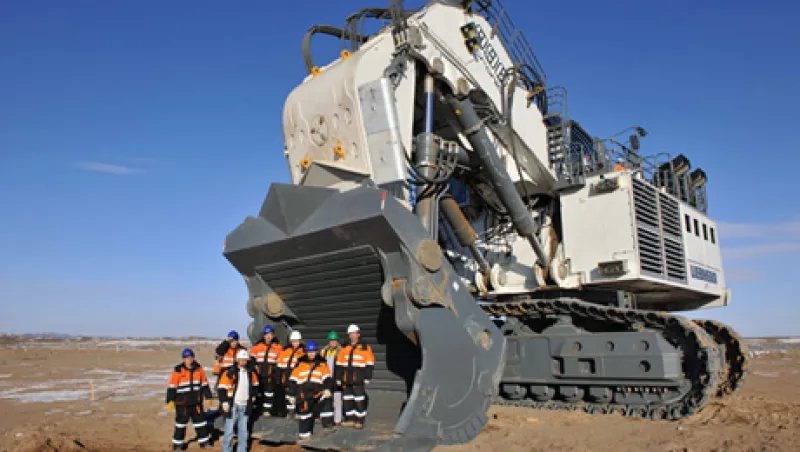As you are no doubt aware, Mongolia is soon to become a very rich country. And that’s a good thing, right? After all, GDP per head is only around $4,000, which means the newfound wealth could be a catalyst for growth... Not necessarily. Ironically, the discovery of natural resources in a developing country is not the good news it may appear to be. In fact, it can be quite a serious challenge for these countries to use their natural wealth to improve the living standards of average citizens. Too often, the wealth is wasted through weak institutions and corruption – a phenomenon often referred to as the "resource curse."
So, then, returning to Mongolia, the obvious question is how this developing country is going to manage its newfound wealth. Will it sidestep the resource curse and use its natural wealth for sustainable development? That’s a question that Asel Isakova, Alexander Plekhanov and Jeromin Zettelmeyer of the European Bank for Reconstruction and Redevelopment have given considerable thought to in an interesting new paper entitled “Managing Mongolia’s Resource Boom”. The paper details the arsenal of anti-resource curse weaponry that Mongolia is currently wielding. As such, I found this paper to be quite intriguing, as Mongolia may end up being a perfect natural experiment for the utility of some of the newer and more creative policies. For example, Mongolia is setting up an innovative vehicle to facilitate cash transfers to the population. Here’s a blurb:




